Life is filled with little bumps, and the automotive world is no exception. In this nostalgic exploration, we delve into 12 dangerous car features that were once common but have since been phased out for safety reasons. From the quirky to the outright hazardous, these relics remind us of how far automotive safety has come.
12. Water Balloon Bumpers
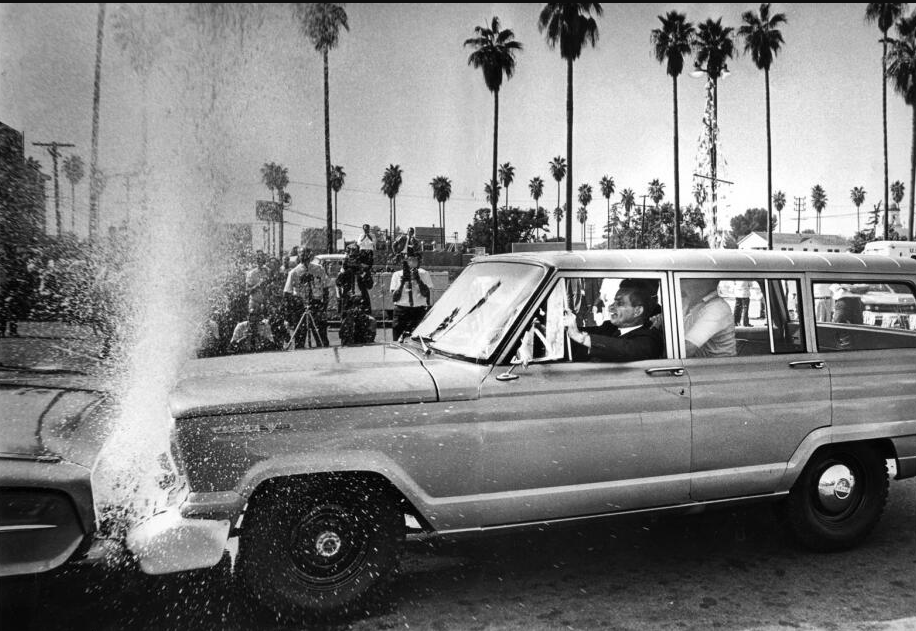
Water balloon bumpers were an unconventional safety feature that emerged in the mid-20th century. Designed to enhance crash safety, manufacturers filled car bumpers with water, hoping to absorb energy during impacts. This innovative idea sparked curiosity among the public, who were intrigued by the sight of cars seemingly equipped with giant water balloons.
However, the reality of water balloon bumpers was far from ideal. The materials used often ruptured in real-world collisions, leading to leaks and leaving vehicles vulnerable. As automotive safety research advanced, it became clear that these bumpers were more of a gimmick than an effective safety measure. By the 1970s, they had vanished from new car designs, paving the way for better-engineered safety features.
11. The Wrist Twist Swivel System
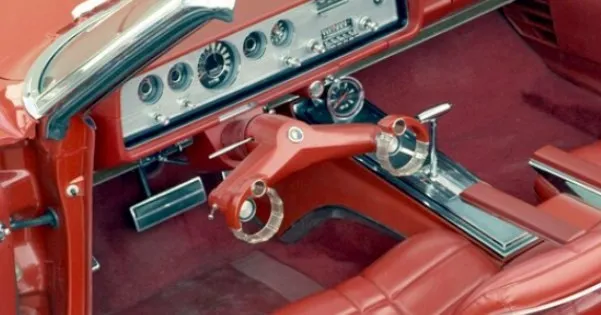
The wrist twist swivel system was an experimental innovation introduced in the 1960s by Ford’s Mercury brand. This system replaced the traditional steering wheel with two rotating dials, aiming to enhance comfort and driving dynamics. While it offered an unobstructed view of the instrument panel, the public’s reaction was skeptical, viewing it as more of a gimmick than a practical advancement.
Despite its potential, the wrist twist system faced significant challenges. Drivers found it bewildering and lacking the tactile feedback necessary for safe driving. Safety concerns also arose due to the absence of a padded rim, leaving drivers vulnerable during crashes. Ultimately, the traditional steering wheel proved to be unmatched in practicality and safety, leading to the system’s abandonment by the 1970s.
10. Non-Collapsible Steering Columns
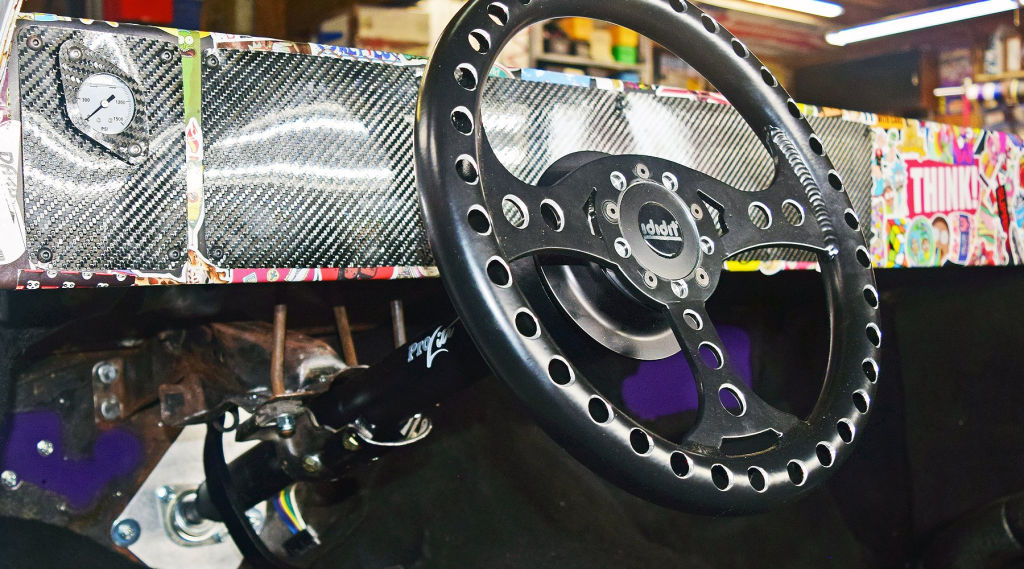
Before the late 1960s, automobiles were equipped with non-collapsible steering columns, rigid structures that posed significant risks during collisions. The unyielding nature of these columns could propel forward upon impact, potentially impaling drivers and causing severe injuries. The lack of energy absorption mechanisms made these designs particularly dangerous.
In response to mounting safety concerns, General Motors introduced the first collapsible steering columns in 1967. This innovation significantly reduced the risk of impalement, prioritizing driver safety. Other manufacturers quickly followed suit, marking the end of the era of rigid steering columns and embracing safer alternatives.
9. Swing Away Steering Wheels
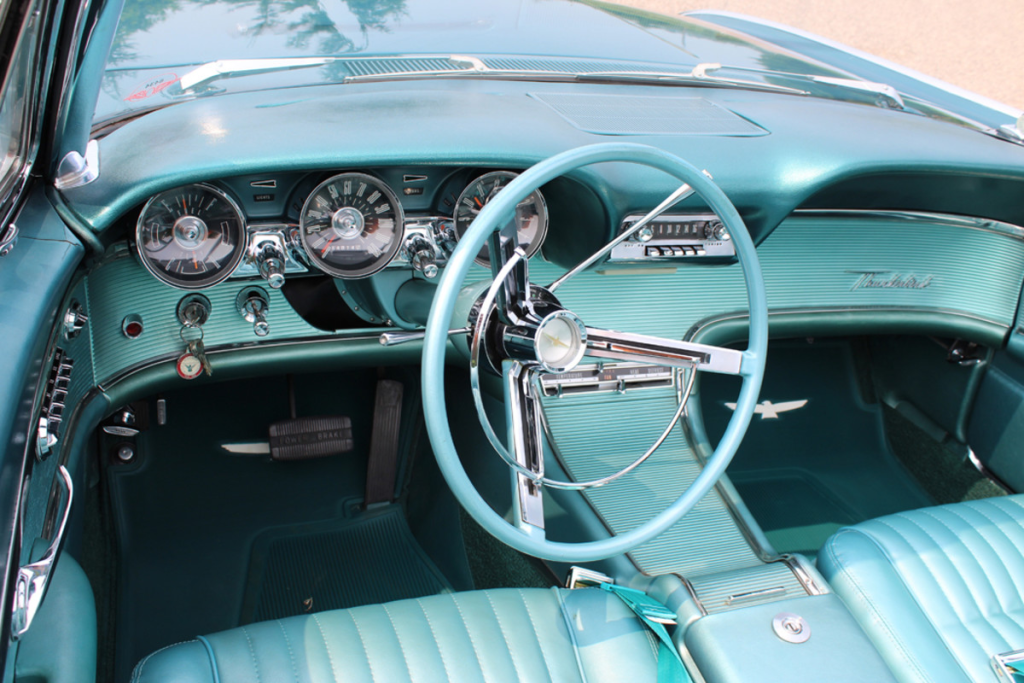
Swing away steering wheels emerged in the mid-20th century as a novel concept aimed at enhancing driver comfort and entry convenience. Introduced by Ford in 1961, these devices allowed the steering wheel to swing away, creating an unobstructed path for entry. While initially intriguing, safety concerns soon overshadowed their convenience.
The mechanisms behind swing away steering wheels were prone to mechanical issues, occasionally failing to return to their original position. This could leave drivers momentarily trapped or confused. As the 1970s approached, safety considerations took precedence, leading manufacturers to shift their focus towards more reliable and secure features, marking the end of the swing away steering wheel era.
8. Pop Out Windshields
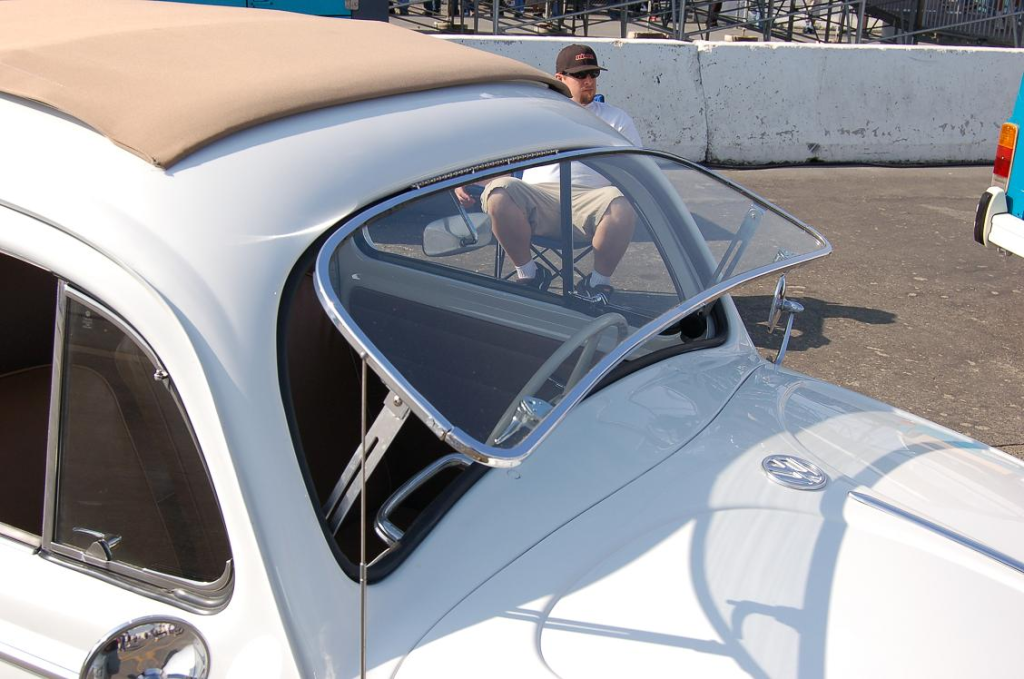
Pop out windshields were a curious innovation introduced by the Tucker Automobile in 1948. Designed to serve as escape hatches for passengers, these windshields could be popped out in one piece, allowing for a safe exit from wrecked vehicles. Initially, drivers were fascinated by this feature, envisioning a safe escape during crashes.
However, safety concerns quickly emerged. During severe collisions, the sudden departure of the windshield could propel occupants outward, posing an ejection risk. As safety standards evolved, panoramic curved windshields gained popularity, offering improved visibility without the risk of ejection. By the 1970s, pop out windshields faded into obscurity, leaving behind memories of a quirky yet impractical safety feature.
7. Metal Dashboards
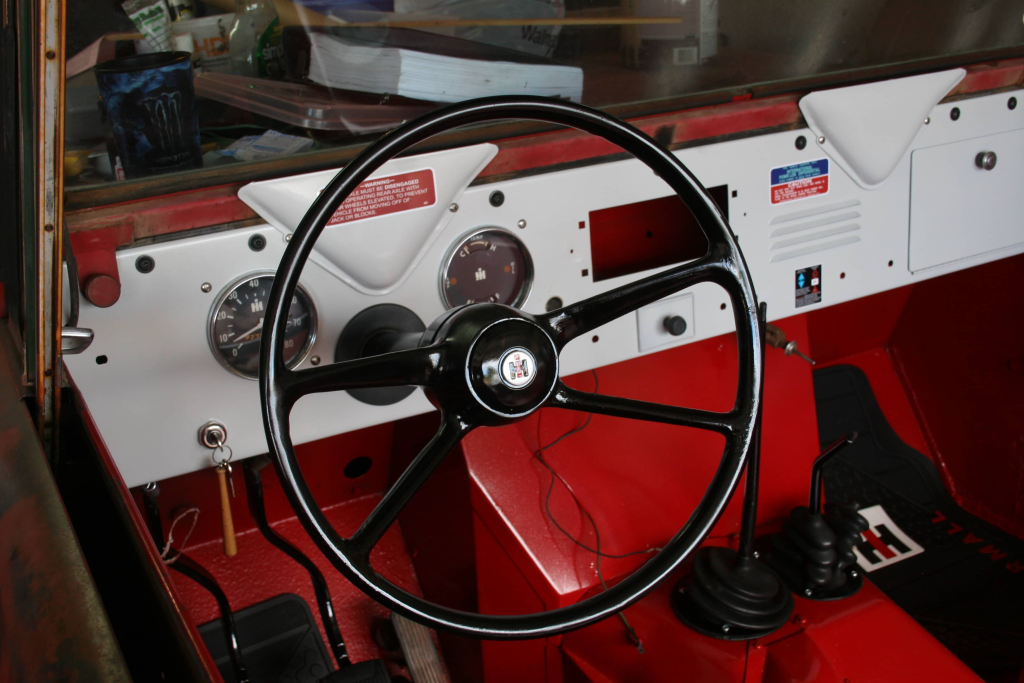
Metal dashboards were once a staple in early automobiles, providing a straightforward design with essential gauges and switches. However, these unyielding metal panels posed significant dangers during collisions. In the event of an accident, the rigid metal could become a lethal weapon, causing severe injuries to occupants.
As safety concerns gained traction in the 1960s, manufacturers began adding padding and safety features to dashboards. The transition from bare metal to cushioned designs marked a significant shift in the automotive industry, prioritizing safety over aesthetics. The era of metal dashboards ultimately ended as the industry embraced more forgiving materials to protect passengers during crashes.
6. Lap Seat Belts

The introduction of lap seat belts in the 1960s marked a pivotal moment in vehicle safety. These early seat belts aimed to prevent passengers from being ejected during sudden stops or accidents. However, their design left upper bodies vulnerable to impact, as they did not protect the head and neck.
Recognizing the flaws in lap seat belts, engineers and safety experts pushed for advancements in seat belt design. By the 1970s, the introduction of shoulder belts provided additional protection, leading to the combined lap and shoulder belts becoming the new standard in vehicle safety. This evolution significantly reduced the risk of injuries and fatalities in accidents, marking the end of the era for lap seat belts.
5. The Absence Of Crumple Zones

In the early days of automobiles, vehicles were characterized by robust, unyielding frames that lacked the crucial safety feature known as crumple zones. These zones, introduced later, were designed to absorb energy during collisions, mitigating the impact on passengers. Initially, the public remained indifferent to their absence, viewing safety as a peripheral concern.
As awareness of the dangers grew, engineers spearheaded a shift in design philosophy during the 1970s. The introduction of deformable zones marked a significant stride towards prioritizing passenger safety. By incorporating crumple zones into vehicle design, the automotive industry took a crucial step in reducing the severity of injuries sustained in accidents.
4. Unsafe Fuel Tanks

The 1970s marked a dark chapter in automotive history with the emergence of unsafe fuel tanks, epitomized by the Ford Pinto. Designed as a compact car, the Pinto concealed a fatal flaw: its fuel tank placement behind the rear axle. This design flaw led to tragic accidents, as rear-end collisions caused the fuel tank to crumple, resulting in devastating fires.
The public’s ignorance of the Pinto’s dangers was shattered as the grim reality came to light. Legal battles ensued, tarnishing Ford’s reputation and transforming the Pinto into a symbol of corporate negligence. As safety standards evolved, the Pinto era ended, paving the way for safer fuel tank designs in the automotive industry.
3. No Anti-Lock Brakes
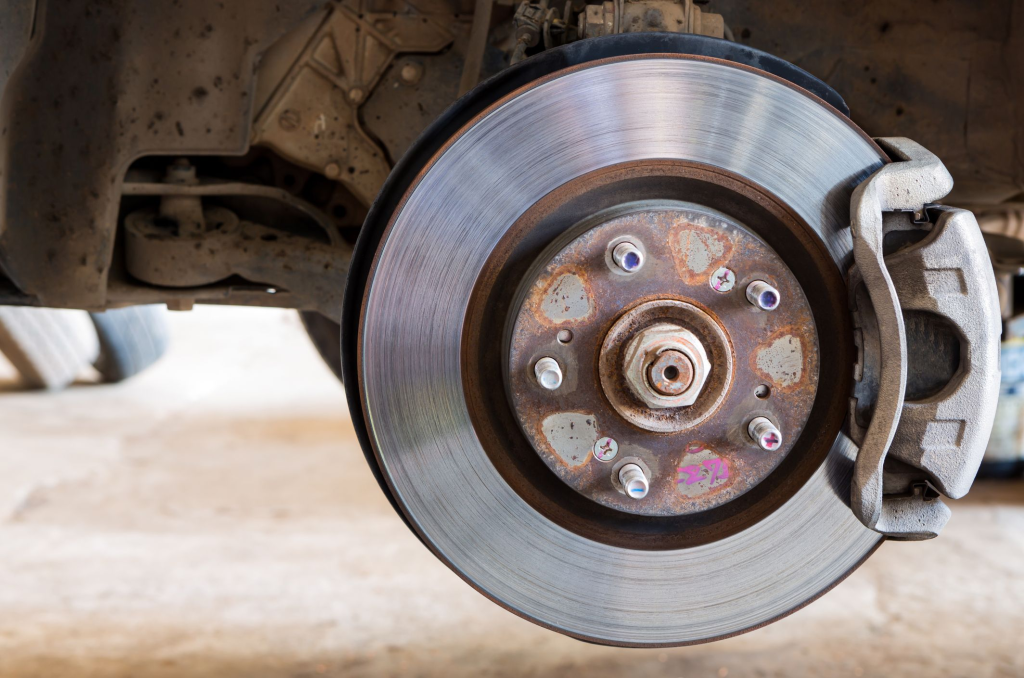
Anti-lock brakes (ABS) emerged as a pivotal safety innovation in the automotive sphere, tracing their roots back to the 1950s. Initially utilized in aviation and railway industries, ABS technology gradually made its way into cars. The absence of ABS posed significant dangers, particularly the risk of wheel lock-up during abrupt braking maneuvers.
As advancements in technology led to the incorporation of ABS into vehicles, regulatory bodies mandated its inclusion in all passenger vehicles. This evolution marked a significant step towards enhancing braking precision and overall vehicle safety, reducing the risk of accidents on slippery surfaces.
2. Hood Ornaments
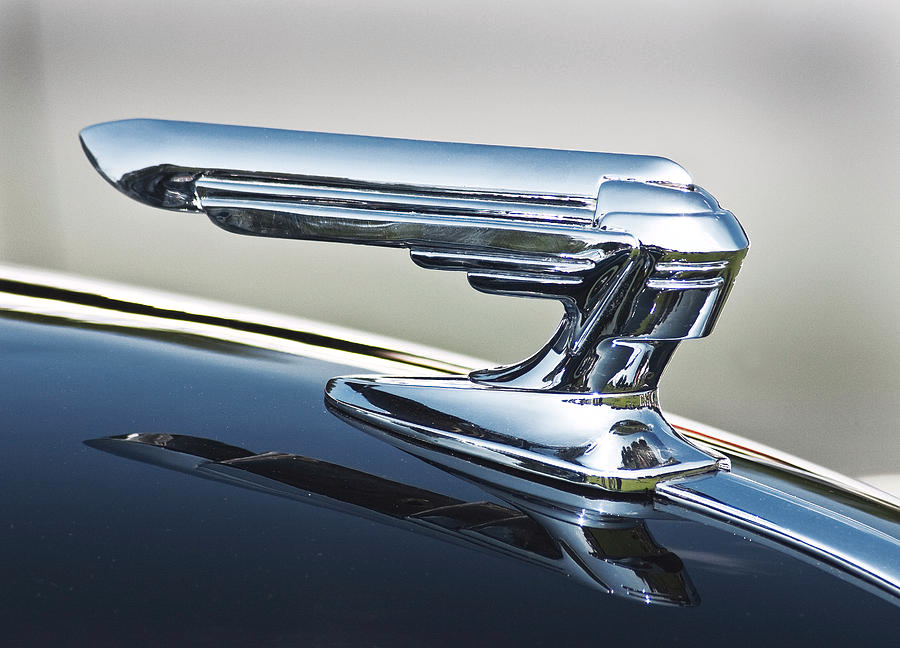
Hood ornaments were once a means for car manufacturers to showcase their brand identity, serving as eye-catching embellishments on the front of automobiles. However, these decorative sculptures posed significant dangers, as their elegant shapes could become lethal projectiles during accidents.
As pedestrian safety became a paramount concern, regulations mandated collapsible hoods and blunter designs, leading to the gradual phasing out of hood ornaments. While some brands still retain ornamental emblems, most modern cars opt for more discreet badge placements, marking the end of an era defined by these gleaming sculptures.
1. Lack Of Headrests
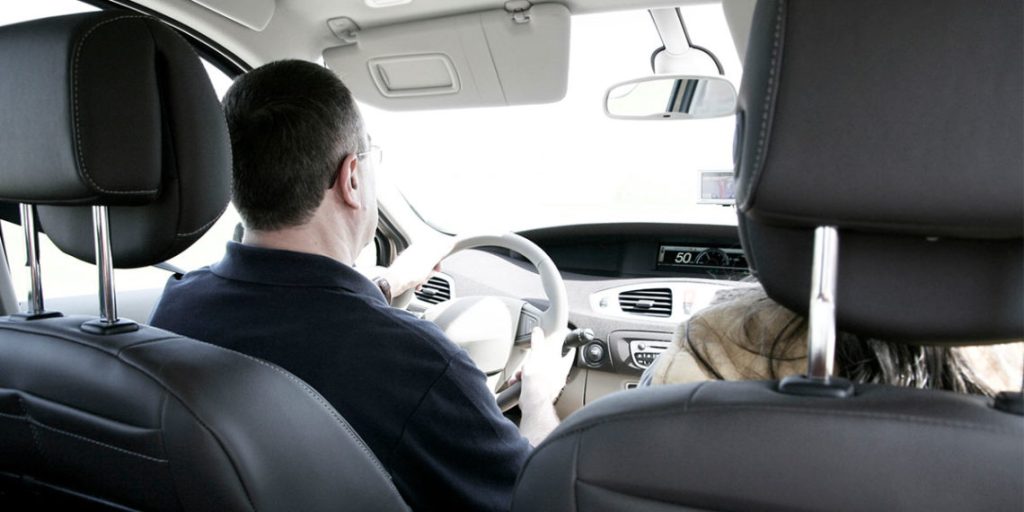
In the early days of automobiles, headrests were a rarity, leaving passengers without cushion support for their heads. It wasn’t until the late 1960s that headrests gained prominence, primarily introduced to prevent whiplash injuries during rear-end collisions. Initially, drivers didn’t prioritize headrests, focusing more on horsepower and aesthetics.
The absence of headrests posed significant dangers, as passengers faced increased risk during rear-end crashes. As safety standards evolved, headrests became mandatory features in vehicles, transitioning from mere comfort amenities to essential life-saving components. Today, headrests are ubiquitous, effectively cradling passengers’ heads to reduce the risk of injury during accidents.




























